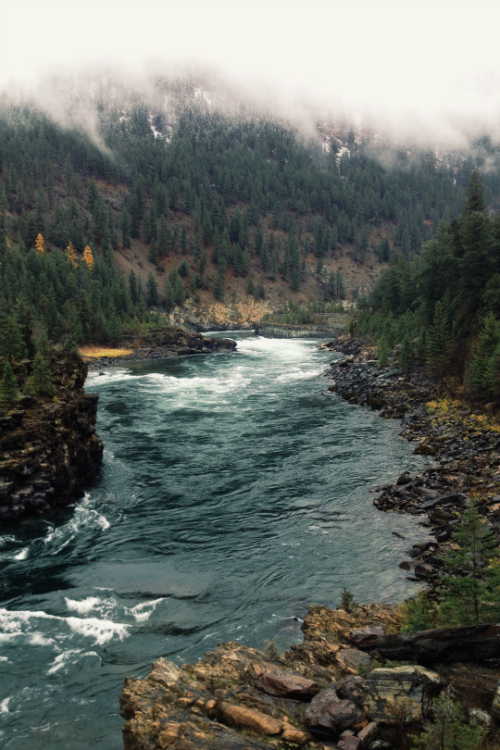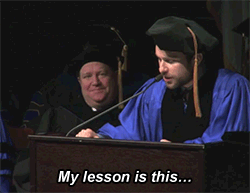Smparticle2 - Untitled





More Posts from Smparticle2 and Others




Webb 101: 10 Facts about the James Webb Space Telescope
Did you know…?

1. Our upcoming James Webb Space Telescope will act like a powerful time machine – because it will capture light that’s been traveling across space for as long as 13.5 billion years, when the first stars and galaxies were formed out of the darkness of the early universe.

2. Webb will be able to see infrared light. This is light that is just outside the visible spectrum, and just outside of what we can see with our human eyes.

3. Webb’s unprecedented sensitivity to infrared light will help astronomers to compare the faintest, earliest galaxies to today’s grand spirals and ellipticals, helping us to understand how galaxies assemble over billions of years.

Hubble’s infrared look at the Horsehead Nebula. Credit: NASA/ESA/Hubble Heritage Team
4. Webb will be able to see right through and into massive clouds of dust that are opaque to visible-light observatories like the Hubble Space Telescope. Inside those clouds are where stars and planetary systems are born.

5. In addition to seeing things inside our own solar system, Webb will tell us more about the atmospheres of planets orbiting other stars, and perhaps even find the building blocks of life elsewhere in the universe.

Credit: Northrop Grumman
6. Webb will orbit the Sun a million miles away from Earth, at the place called the second Lagrange point. (L2 is four times further away than the moon!)

7. To preserve Webb’s heat sensitive vision, it has a ‘sunshield’ that’s the size of a tennis court; it gives the telescope the equivalent of SPF protection of 1 million! The sunshield also reduces the temperature between the hot and cold side of the spacecraft by almost 600 degrees Fahrenheit.

8. Webb’s 18-segment primary mirror is over 6 times bigger in area than Hubble’s and will be ~100x more powerful. (How big is it? 6.5 meters in diameter.)

9. Webb’s 18 primary mirror segments can each be individually adjusted to work as one massive mirror. They’re covered with a golf ball’s worth of gold, which optimizes them for reflecting infrared light (the coating is so thin that a human hair is 1,000 times thicker!).

10. Webb will be so sensitive, it could detect the heat signature of a bumblebee at the distance of the moon, and can see details the size of a US penny at the distance of about 40 km.

BONUS! Over 1,200 scientists, engineers and technicians from 14 countries (and more than 27 U.S. states) have taken part in designing and building Webb. The entire project is a joint mission between NASA and the European and Canadian Space Agencies. The telescope part of the observatory was assembled in the world’s largest cleanroom at our Goddard Space Flight Center in Maryland.
Webb is currently being tested at our Johnson Space Flight Center in Houston, TX.

Afterwards, the telescope will travel to Northrop Grumman to be mated with the spacecraft and undergo final testing. Once complete, Webb will be packed up and be transported via boat to its launch site in French Guiana, where a European Space Agency Ariane 5 rocket will take it into space.

Learn more about the James Webb Space Telescope HERE, or follow the mission on Facebook, Twitter and Instagram.
Make sure to follow us on Tumblr for your regular dose of space: http://nasa.tumblr.com.





Kootenai Falls, Montana by Liang Ge










Never be afraid to fail.
Watch all of ‘It’s Always Sunny in Philadelphia’s" Charlie Day’s inspiring commencement speech here.

Rabies Viruses Reveal Wiring in Transparent Brains
Scientists under the leadership of the University of Bonn have harnessed rabies viruses for assessing the connectivity of nerve cell transplants. Coupled with a green fluorescent protein, the viruses show where replacement cells engrafted into mouse brains have connected to the host neural network.
The research is in Nature Communications. (full open access)






If you’ve ever watched a rocket launch, you’ve probably noticed the billowing clouds around the launch pad during lift-off. What you’re seeing is not actually the rocket’s exhaust but the result of a launch pad and vehicle protection system known in NASA parlance as the Sound Suppression Water System. Exhaust gases from a rocket typically exit at a pressure higher than the ambient atmosphere, which generates shock waves and lots of turbulent mixing between the exhaust and the air. Put differently, launch ignition is incredibly loud, loud enough to cause structural damage to the launchpad and, via reflection, the vehicle and its contents.
To mitigate this problem, launch operators use a massive water injection system that pours about 3.5 times as much water as rocket propellant per second. This significantly reduces the noise levels on the launchpad and vehicle and also helps protect the infrastructure from heat damage. The exact physical processes involved – details of the interaction of acoustic noise and turbulence with water droplets – are still murky because this problem is incredibly difficult to study experimentally or in simulation. But, at these high water flow rates, there’s enough water to significantly affect the temperature and size of the rocket’s jet exhaust. Effectively, energy that would have gone into gas motion and acoustic vibration is instead expended on moving and heating water droplets. In the case of the Space Shuttle, this reduced noise levels in the payload bay to 142 dB – about as loud as standing on the deck of an aircraft carrier. (Image credits: NASA, 1, 2; research credit: M. Kandula; original question from Megan H.)
-
 litessaber liked this · 3 years ago
litessaber liked this · 3 years ago -
 itspeteyyy reblogged this · 4 years ago
itspeteyyy reblogged this · 4 years ago -
 mickaleeza liked this · 4 years ago
mickaleeza liked this · 4 years ago -
 roseg0ldjack reblogged this · 6 years ago
roseg0ldjack reblogged this · 6 years ago -
 alystew98-blog reblogged this · 7 years ago
alystew98-blog reblogged this · 7 years ago -
 alystew98-blog liked this · 7 years ago
alystew98-blog liked this · 7 years ago -
 thescifen-blog liked this · 7 years ago
thescifen-blog liked this · 7 years ago -
 jupitr-nubia reblogged this · 7 years ago
jupitr-nubia reblogged this · 7 years ago -
 eclipse--lunaire reblogged this · 7 years ago
eclipse--lunaire reblogged this · 7 years ago -
 im-magical-af liked this · 7 years ago
im-magical-af liked this · 7 years ago -
 deechabana liked this · 7 years ago
deechabana liked this · 7 years ago -
 mydelusionaldream reblogged this · 7 years ago
mydelusionaldream reblogged this · 7 years ago -
 mydelusionaldream liked this · 7 years ago
mydelusionaldream liked this · 7 years ago -
 natielelins reblogged this · 7 years ago
natielelins reblogged this · 7 years ago -
 paradise-of-a-lost-boy liked this · 7 years ago
paradise-of-a-lost-boy liked this · 7 years ago -
 urban--warrior reblogged this · 7 years ago
urban--warrior reblogged this · 7 years ago -
 theeveyturtle liked this · 7 years ago
theeveyturtle liked this · 7 years ago -
 script-of-mortality reblogged this · 7 years ago
script-of-mortality reblogged this · 7 years ago -
 meet-the-night liked this · 7 years ago
meet-the-night liked this · 7 years ago -
 sailorkushinada reblogged this · 7 years ago
sailorkushinada reblogged this · 7 years ago -
 melusine-ertheian reblogged this · 7 years ago
melusine-ertheian reblogged this · 7 years ago -
 melusine-ertheian liked this · 7 years ago
melusine-ertheian liked this · 7 years ago -
 vermellionmoon reblogged this · 7 years ago
vermellionmoon reblogged this · 7 years ago -
 vermellionmoon liked this · 7 years ago
vermellionmoon liked this · 7 years ago -
 poostilinestrit-blog liked this · 7 years ago
poostilinestrit-blog liked this · 7 years ago -
 flyacrossthesky reblogged this · 7 years ago
flyacrossthesky reblogged this · 7 years ago -
 sidiasdesolnublados liked this · 7 years ago
sidiasdesolnublados liked this · 7 years ago -
 quantumzenpunk liked this · 7 years ago
quantumzenpunk liked this · 7 years ago -
 coolnaughtyprince liked this · 7 years ago
coolnaughtyprince liked this · 7 years ago -
 suave-savant liked this · 7 years ago
suave-savant liked this · 7 years ago -
 peachy-panpan reblogged this · 7 years ago
peachy-panpan reblogged this · 7 years ago -
 peachy-panpan liked this · 7 years ago
peachy-panpan liked this · 7 years ago -
 jiminnieqt reblogged this · 7 years ago
jiminnieqt reblogged this · 7 years ago -
 betterswimbeforeyoudrown reblogged this · 7 years ago
betterswimbeforeyoudrown reblogged this · 7 years ago -
 yafavhoneydip reblogged this · 7 years ago
yafavhoneydip reblogged this · 7 years ago -
 queen-alysiums-army reblogged this · 8 years ago
queen-alysiums-army reblogged this · 8 years ago -
 aint-no-bxtch liked this · 8 years ago
aint-no-bxtch liked this · 8 years ago -
 moralintern liked this · 8 years ago
moralintern liked this · 8 years ago
